Testosterone is the male hormone that helps maintain and improve:
Bone density, thereby preventing osteoporosis
Fat distribution
Muscle strength and mass
Facial and body hair
Red blood cell production
Sex drive
Sperm production
The average man’s testosterone level peaks during early adulthood and then decreases by about 1% per year after age 35. While current advertising suggests that many men have low testosterone (Low T), in fact Low T, also known as hypogonadism, is a relatively uncommon condition that can be improved with supplemental testosterone therapy. Two testosterone levels below the normal minimum for age plus symptoms of Low T such as loss of muscle mass and sex drive are required to make the diagnosis.
Side effects of testosterone therapy may include:
Worsening of sleep apnea
Acne
Benign enlargement of the prostate gland
Enhanced growth of existing prostate cancer
Enlarged breasts
Decreased sperm production
Testicular shrinkage
Excess red blood cell production, which increases the risk of blood clots
According to a new study in the New England Journal of Medicine, testosterone replacement therapy is safe for men with Low T who have heart disease or are at risk of it. This double-blind, randomized, controlled study—the gold standard—found that the risk of heart attacks, strokes and other major cardiac issues was no different in men with heart disease and Low T who were using testosterone gel than in those who were using a placebo.
These results imply that the gel is safe in men with Low T but who do not have cardiac problems.
Importantly, the study did NOT evaluate the use of testosterone therapy in men who do not have Low T. In these men testosterone therapy may improve sexual function but evidence is lacking that it helps with any of the other testosterone functions.
Because of the many potential testosterone side effects listed above, men without Low T should not receive testosterone supplements.
For more information, check out this New York Times article.

